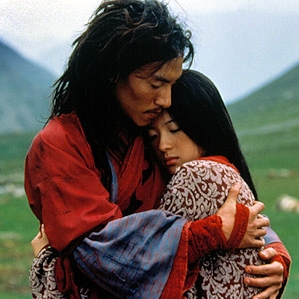
TIFF’s A Century of Chinese Cinema Review: Dust in the Wind (1987)
At the heart of Dust in the Wind, like so many Chinese films, lies a humming tension between old and new. The ways of modernization and urbanization glitter with promise for the Taiwanese youth at the center of Hou Hsiao-Hsien, but they leave in their wake the destruction of their family units and the old traditions, and in the process end up wounding themselves as well. That the director and cast do such a good job with another common element of Chinese cinema - the layering of subtext under a surface calm - makes the film’s ideas and reflections resonate all the more.




